Sanitary manways are manhole tank covers designed to facilitate a high level of sanitation in applications requiring clean, sterile processes. They are usually of SS304 OR SS316L construction and with various form factors such as Circular, elliptic, and rectangular shapes. They are suitable for covering tanks in the biopharmaceutical, food-grade, and personal care industries.
Sanitary manways are designed such that they can easily enter and egress onto the tank. A lot of manufacturers offer full line tank sanitary manways that can handle various atmospheric designs, ASME code assemblies, pressure assemblies in various shapes and sizes. They are used to cover processing tanks in applications that require a high level of sanitation. Additional services from manufacturers include assembling of sanitary gaskets for sealing crevices to prevent dirt buildup.
Features of Sanitary Manways
Since the production of unique tanks won’t stop ever, manways too must be uniquely designed to fit the unique tanks. Manufacturers understand this, and so they offer customized specifications in their manways. These customized specifications include manways with specific pressure rating, not just the general low, mid-range, or high-pressure rating.
The other customization feature includes extended-collar length for a firmer seal. Some are also fitted with lift/spring assist for a more comfortable lift. Additional customization includes a choice of sealing materials such as EPDM, FPM, Silicone, NBR, etc. that comply with FDA177.1600.
Different jobs require different materials, so manufacturers offer manways in various types of materials. This includes the standard stainless-steel options such as T304, T316L or 1.4301, 1.4404, etc. If you are in a corrosive industry, consider getting a manway with exotic duplex or Hastelloy construction.
Other materials include PTFE, FPM, EPDM, Buna-N, NBR, or Silicone Gaskets as sealing materials to eliminate crevices.
Material finishes are not standardized. Depending on your industry, you can get the manway cover in polished ID/OD from 2B to 400-grit finish.
Depending on which industry you are in, tanks vary in size and design, which means that manufacturers must supply manways suitable for various tank shapes.
You can get rectangular manway such as those that get mounted on the side of mash tines to enable removal of grain. The elliptical manway is often mounted onto beer tanks, and their doors can swing both ways – outwards and inwards. Shadowless manways are used in cases where no interior protrusion is required to eliminate any condition for unsanitary buildup. Other shapes include the round manways, oval manways, and square manways.
Additional features for a lift assist apart from the spring lift include the use of gas cylinders such as those filled with nitrogen to completely lift the manway off and allow the customer full access to the inside of the vessel.
Whether you need manways to handle atmospheric designs, ASME code assemblies, pressure assemblies, the tank manufacturing industry has got you covered. Apart from that, you can also get non-code economical manways for standard storage facilities.
Common connection types include Tri-clamped, welding, threaded, etc. with the usual 3A. BS. ISO. BPF. DIN standards.
What to Consider When Shopping for Sanitary Manways
Depending on your industry, some applications require frequent vessel inspection, while others could do with a once in a blue moon inspection. Either way, you need the proper manway for your tank to ensure safe operations. Not all manways are created equal as we have seen, they come in a variety of pressure setting, materials, shapes, and sizes for the specific type of vessels. And here’s what to consider when shopping or hiring a storage tank.
For highly time-sensitive operations, consider getting the quick-release manways that make use of hinged wingnuts. These are easy to open without the need for specialized tools.
Bolted flanges, on the other hand, tend to be extremely time-consuming. Just think about it: you’ve got to get a spanner, lubricate the bolt a bit and give it time to soak before you begin undoing the 24-36 bolts. And all along staying keen not to lose any bolt. This may take you around 20-40 minutes. And once you’re done with the inside of the vessel, you’ve got to put everything back together, say in 20-30 minutes. The total time can, therefore, go as high as 80 minutes per single manway.
Sealing is another crucial thing to consider when getting a manway for your pressure vessel. For external manways, there’re no sealing challenges since the flanges make use of bigger bolts to compress the gaskets in place.
For internal manways, however, gasket problems arise. If the internal vessel pressure is not high, the manway won’t sit properly in place. But as internal pressure increases, the stress on the gasket increases too, and the bolts in place become loose. The solution is to use softer gaskets for low-pressure vessels and rigid, reinforced gaskets for higher pressure vessels.
Depending on the pressure, you can get low, mid-range, or high-pressure manways. You can also get manways with specific pressure ratings. All in all, you should consider manways with quick opening closures design (QOCs). Such designs not only maintain an effective seal but can be opened quickly once the system has been depressurized.
Apart from QOC designs, you can also make use of threaded closures such as swingbolts and clamp style closures. Though the former has limited pressure ratings and the latter are not that safe if one part of the clamp fails, the whole sealing fails.
Our People Want to Help
As a manufacturer of stainless steel sanitary manways, SIMPLE VALVES aims to arm its potential customers with information that would help them in making an informed decision.
Our sales representatives are ready to help, please feel free to email us at sales@simplevalves.com or submit your request directly in below form.
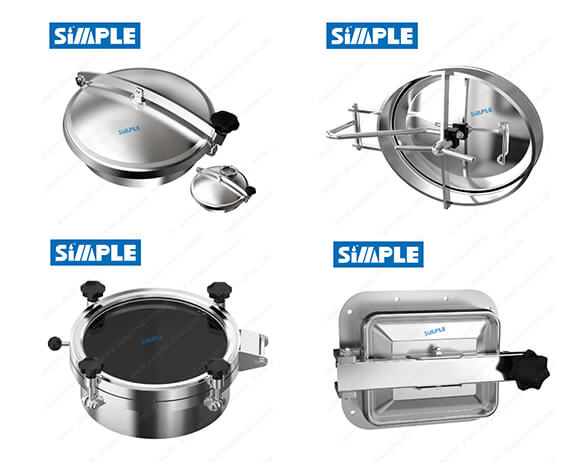
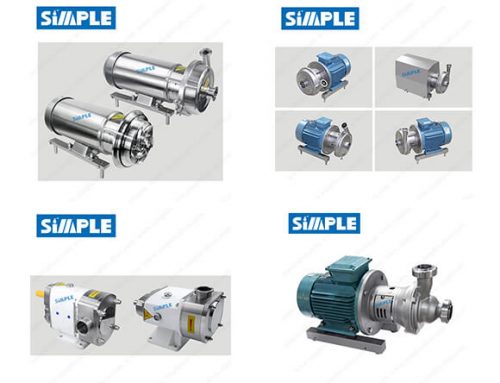
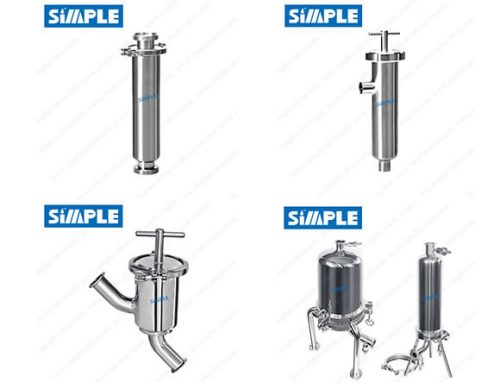
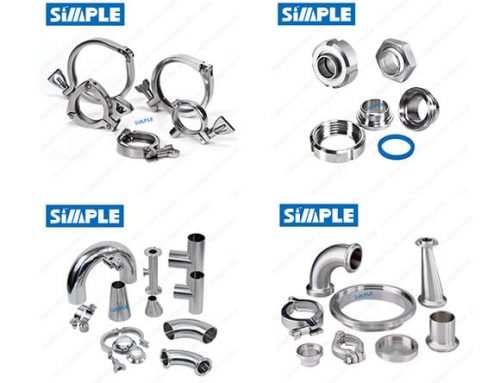
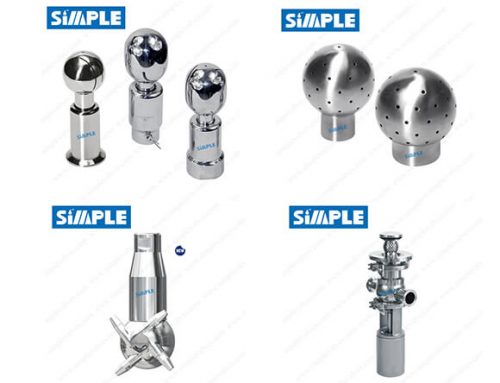
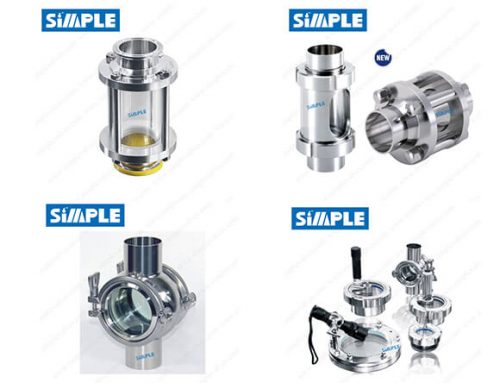
Leave A Comment